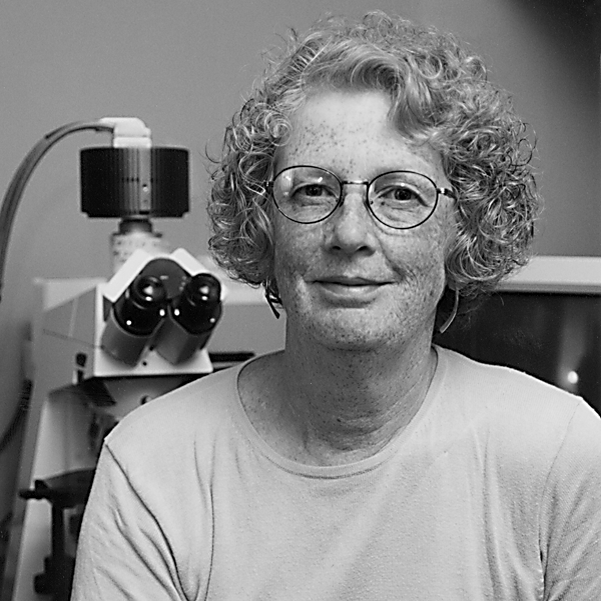Department Affiliation: Primary: Cell Biology and Anatomy; Secondary: Medicine, Physiology.
Education: A.B. Stanford University, M.A. Stanford University, Ph.D. Rockefeller University.
Telephone Number: 410-955-2333
Fax Number: 410-955-4129
School of Medicine Address: JHU School of Medicine, 725 N. Wolfe St., 119 Hunterian, Baltimore, MD 21205

Intracellular architecture is important to the proper functioning of all eukaryotic cells. The lab focuses on epithelial cells, because they represent an important tissue type in the body (forming the physical barriers between the external and internal environments) and they exhibit highly polarized organization, both within and between cells. We want to understand how the molecular relationships among the organelles of the secretory and endocytic pathways and the microtubule system contribute to the polarized phenotype in epithelial cells. Our initial approach was to study the life cycles of specific plasma membrane proteins in vivo. We used quantitative biochemical and morphological methods to identify the complex routes taken by newly-synthesized molecules in liver hepatocytes. We subsequently developed an in vitro polarized hepatic cell line (called WIF-B) which faithfully reproduces the dynamics we saw in vivo. Using specific probes (antibodies and ligands), we have studied vesicle traffic in these cells. An important goal is to identify the protein machinery that targets vesicles to a specific pole of the cell. This work has implications for cancer, since most cancers are epithelial in origin and metastasis is often associated with loss of polarity.